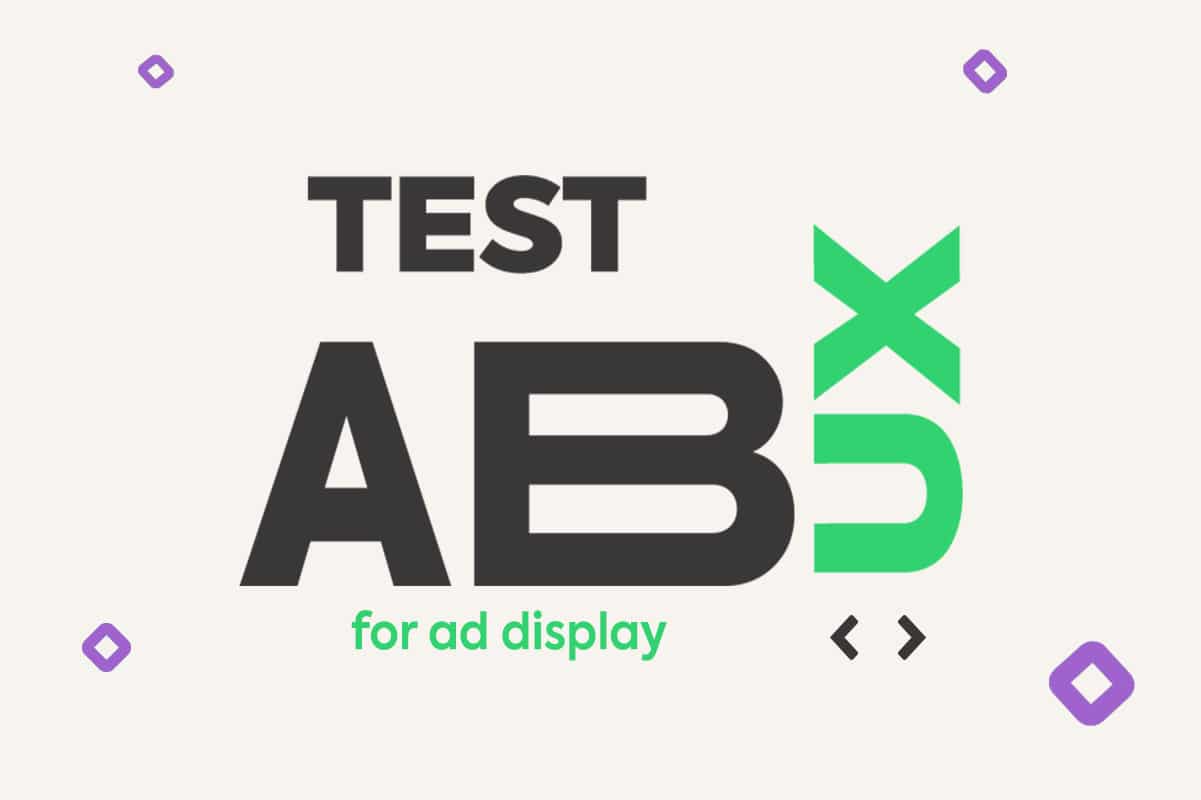Displaying ads without compromising user experience (UX) can be challenging, but A/B testing is one of the best methods to overcome these challenges and increase overall website or app revenue.
If you’re a Grumft ad partner, welcome to our blog. If not, we hope this content motivates you to explore our exclusive programmatic solutions for publishers and advertisers. In this article, you’ll learn how to conduct UX-focused A/B tests for ads with minimal impact on user experience.
Index
- 1 What is Website Monetization?
- 2 Understanding User Experience (UX)
- 3 The impact of UX on SEO
- 4 Conducting A/B tests for ad display
- 5 What should you Test?
- 6 A/B testing tools
- 7 Single Point of Failure (SPOF)
- 8 Content origin
- 9 Screen stability
- 10 5 tips for monetizing with better UX and ad performance
- 11 Final Thoughts
What is Website Monetization?
Monetizing a site involves converting traffic into revenue. Various strategies exist, with the most popular being pay-per-click (PPC) and cost per impression (CPI/CPM) advertising.
Check out our article “Website Monetization Strategies for 2022” for diverse ways to generate income from your site or blog.
Understanding User Experience (UX)
UX, or “User experience,” refers to the quality of the experience a user has on your site or app. Every site should ensure the best UX, including site ergonomics and easy navigation while meeting user needs and expectations.
Don’t confuse UX design with User Interface (UI) design. UI design focuses on creating a pleasant, practical, and user-friendly interface.
The impact of UX on SEO
Monetizing your site without disrupting UX is important due to several factors, including:
- Site appearance and quality (ergonomics)
- Bounce rate
- Conversion rate
- User journey
Conducting A/B tests for ad display
To perform an A/B test for ad display, compare a controllable variable like ad type and placement with an uncontrollable variable like traffic source. This helps identify the most effective ads across traffic sources, devices, times, and more.
What should you Test?
Numerous variables can be tested, some controllable and others not.
Ad placement
Test ads at the top, bottom, sidebar, and within content paragraphs. Ad placement affects viewability, impacting revenue.
Traffic source
Understanding traffic origin can improve site monetization by identifying valuable sources. Investing in paid traffic sources and focusing on SEO may be beneficial.
Image size
Larger ads may seem more visible on a page, but this doesn’t guarantee better performance.
Geographic targeting
When using geographic targeting for relevant ads, ensure appropriate language use.
Density
Ad density can impact other ad eCPMs on a page, so test density when displaying ads.
Ad Networks
Different ad networks pay varying rates for specific ads. Test available options and choose those meeting your and users’ needs.
A/B testing tools
Several tools can be used to test ads, including:
Google Optimize
Google Optimize is a user-friendly, free tool. Access Google Optimize and link it to your Google Analytics account. Input information for each desired A/B test.
Ad Inserter
Ad Inserter is a simple All-in-One WordPress ad management plugin. It can insert any code in supported positions, perfect for AdSense, Amazon, Ad Manager DFP, banners, and more.
Single Point of Failure (SPOF)
SPOF refers to critical external dependencies affecting a site. Proper functioning of your server is crucial for business continuity.
Content origin
Ad content originates from various sources, making it challenging to predict displayed ads. This can lead to lazy loading, CPU strain, and data breaches.
Screen stability
An ad-heavy layout can destabilize page display progress. Correct setup ensures ads appear after content, avoiding disruption.
5 tips for monetizing with better UX and ad performance
- Reduce ad count on your site, especially if bounce rates are high. Conduct A/B tests with fewer ads.
- Host scripts on your servers, removing SPOF issues and providing better control.
- Make external resources asynchronous to prevent rendering blockage.
- Use iframes to isolate ads from your page. While it has limitations, it significantly improves performance and security.
- Continuously monitor third-party performance to optimize site efficiency.
Final Thoughts
In summary, successful publishers recognize ads as a great revenue generation tool, but different ad types and variables must be considered.
For effective revenue generation through ads, ensure optimization and A/B testing. Verify you’re conducting the right tests to maximize ad effectiveness. Above all, count on Grumft to support you in this journey!





